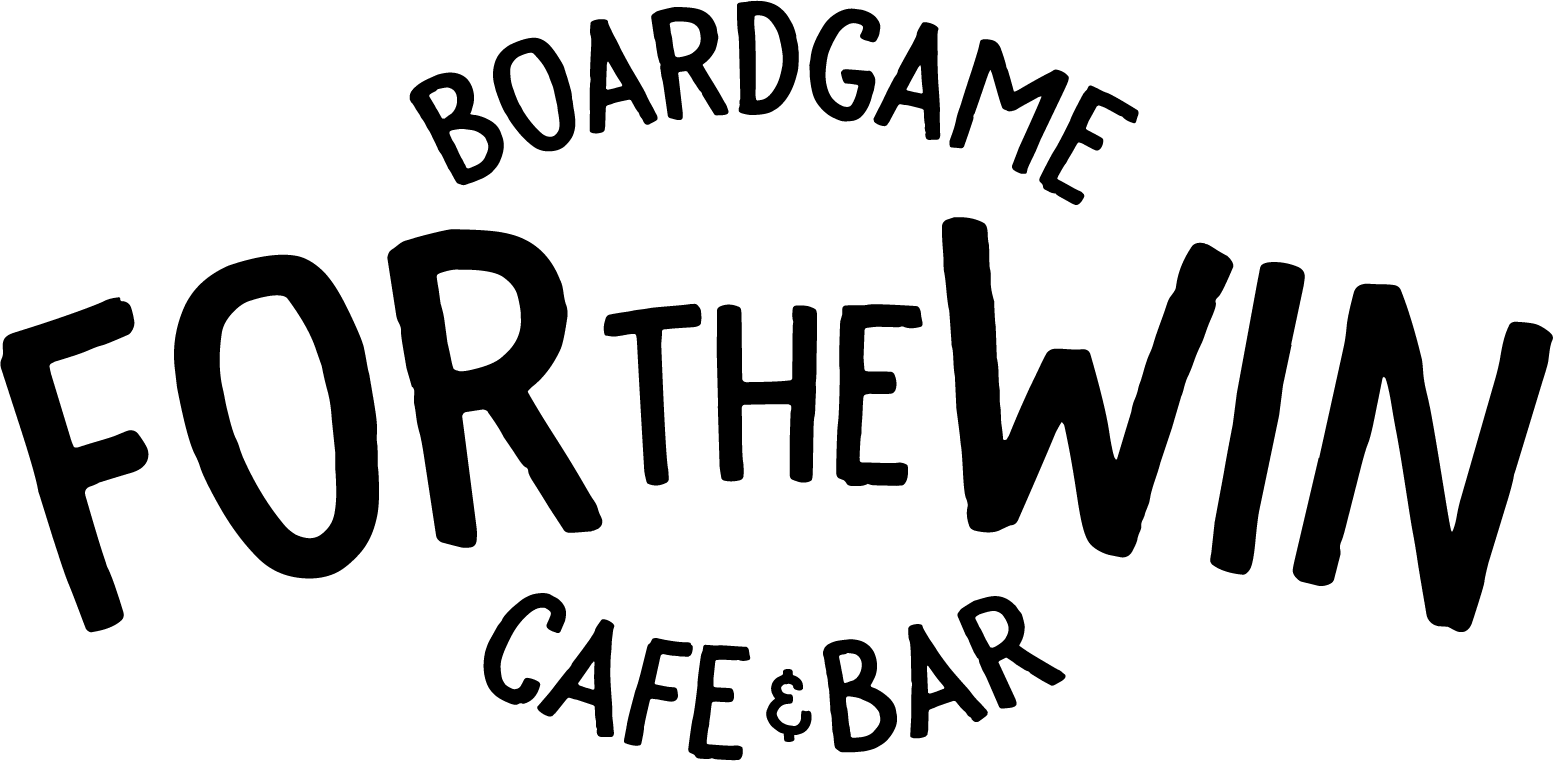Flamme Rouge
Constructing an exciting, strategic, yet balanced racing game is a true design challenge. Several racing games either lean too heavily on luck or too heavily on strategy and mechanics. Flamme Rouge is a racing game that manages to keep the pace up, without relying on dice rolls.
Flamme Rouge is designed with its strengths in mind. The core components, like the tracks and cyclists are very well made. Track construction is modular and there are guides for building specific tracks, some of which have additional rules. Player boards all function the same but have unique art for each racing team, to add some flavour.
To start, players take a set of cards for each of their riders (Sprinter and Rouleur) and a player board. The track is constructed based on one of the reference cards. Each round is broken into 3 phases: Energy Phase, Movement Phase and End Phase. In the Energy Phase, players select one of their riders, draw 4 cards and select 1 to play from that riders’ deck. Then each player repeats that process for their other rider. In the Movement Phase, players move their riders based on the cards they selected, in order, from the front of the race to the back.
In the End Phase, played cards are removed from the game. Any rider packs that have one space between them and another pack are moved forward one space, starting from the back of the race. This is Slipstreaming. Riders with an empty square ahead of them are given an Exhaustion card, which is recycled into that rider’s deck. Exhaustion cards are movement cards with a value of 2. The first player who has one of their riders cross the finish line is declared the winner. If two players cross in the same round, the rider who moved the most spaces passed the finish line is declared the winner!
Many classic board games are racing games with dated mechanics, relying solely on dice rolling. Since then, there has been innovation in the way of games like Jamaica and Formula D. But in terms of pure racing, I think Flamme Rouge has found the best formula for balancing strategy, luck and accessibility. The Energy Phase is played out simultaneously and the Movement Phase is simple and quick. Even the Slipstreaming is streamlined and easy to apply. There’s an art to making a movement game feel like players have a level of control, without feeling predictable and boring.
Flamme Rouge is an excellent starter game for easing into your board game sessions. Races are always tight by design, which helps even the playing field for all ages and experience levels. It may leave enthusiasts a little underwhelmed, if they are seeking a deeper experience with more mechanics. But in that case I would just suggest moving to something like Formula D.




